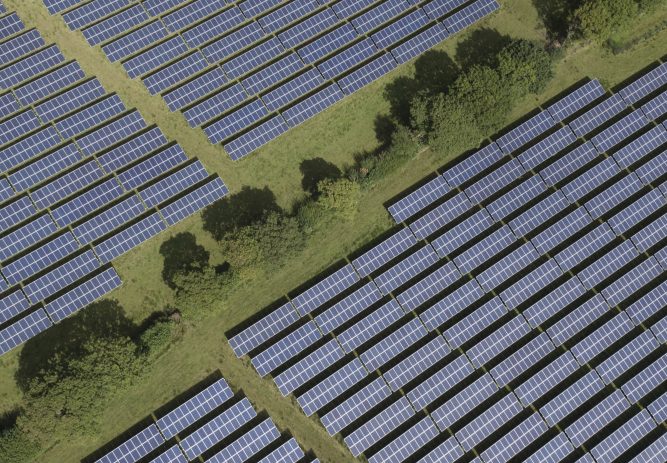Tjänster
Våra medarbetare är passionerade och erfarna. Tillsammans jobbar vi för att leverera framgångsrika projekt inom förnybar energi världen över.
Teknologier
Med de senaste teknologierna bidrar vi till en framtid där alla har tillgång till förnybar energi.
Se alla teknologierResurser
Bläddra bland våra senaste resurser: allt från företagsuppdateringar och branschinsikter till forskningsrapporter och våra partners egna historier.
Se alla resurserKarriär
Bli en del av vårt passionerade team och förändra världen genom meningsfulla och stimulerande uppgifter.
Läs merOm RES
Vi brinner för vårt uppdrag - att förändra hur världen producerar och förbukar energi.
Läs om ossVåra kontor
RES är en global organisation med ett starkt lokalt fokus. Här kan du hitta kontakt- och platsinformation för alla våra RES-kontor.
Kontakta oss-
Startsida
/
Resources
/
Fallstudie
/
EPC rectification works programme
EPC rectification works programme
by RES | jul 01, 2023 | Tid det tar att läsa: 2 min

RES was asked by a client to provide engineering, procurement, and construction (EPC) works to overcome some underlying asset design, workmanship and quality issues at a solar farm in South West England. As is standard with any construction project, a bedding in process where snagging problems are dealt with is expected. However, RES found remaining faults from the original EPC phase meaning that the site wasn’t performing to its full potential. With RES already working closely with our client to provide both quality Asset Management and O&M services for several of their sites, we were asked to deliver all necessary outstanding rectification works and close out those outstanding milestones for EPC completion at the site.
The work
This particular solar farm suffered more operational issues than most solar PV sites since it first entered operation in 2014. These ranged from sporadic and catastrophic failure of major components to health and safety hazards, non-compliances and equipment longevity concerns. All of this was impacting on the production revenue and availability. Due to the frequency and nature of issues, operational teams often found themselves using their finite resources reacting to urgent and unforeseen issues which impacted the normal day to day running of the site and future planning activities, further perpetuating the problem.
RES engineered a phased programme of rectification which started by getting necessary mitigations in place to pre-empt the inevitable short-term failures of existing equipment. This would see long lead time components held in stock for the site and having key works procedures prepared such as lift plans, access plans etc, meaning failures would be addressed as quickly as possible, minimising business interruption. In parallel, a detailed review and analysis of defects was kicked-off which included categorisation of defects by topographical area and building up a comprehensive picture of risk across the plant. Risk was grouped by:
- Imminent risk to production
- Health & Safely risk
- Longevity risk
Solution scoping and cost estimating was then carried out giving RES and the Client a first meaningful glimpse into the extent of the problems, their priority, and likely costs. Using this risk and priority framework as the basis for the approach, RES developed a balanced remedial plan. The project team then worked through the necessary design and procurement exercises using a combination of RES’ internal experts and 3rd party specialist input where required. Throughout this process, value-add opportunities such as performance improvements and ESG benefits were considered and integrated into the final solutions, where appropriate.
Results
Over several years, RES rolled out its works programme across the site. In the first year there was a significant increase (~35%) in plant availability achieved through both the failure mitigations and executing early priority works. The initial phase of works also addressed all defects deemed high priority from a H&S perspective. During subsequent years, there was a further 15% improvement to plant availability bringing the site up to its maximum potential with the remaining H&S risks closed out. Furthermore, longevity issues identified at the outset were addressed removing risk to future availability, lowering the requirements to maintain expensive spares inventories, and reducing on-going operational cost of the site. In addition, several performance optimisations were incorporated into the site design including efficiency improvements and various ESG benefits were also achieved.
Dela denna artikel



Once our team were able to get a handle of the scale and scope of the issues at hand, we set up contingency planning for the short term and long term – providing us with a roadmap to use leading us to handing over a site after all works are complete which is efficient, safe and complete. We needed to address underlying asset quality issues, and thanks to the steps taken the site is now operating reliably at full capacity. This programme of works resulted in avoiding significant lost revenues (~£500k per year).
Robert Mattholie, Senior Asset Manager
RES

